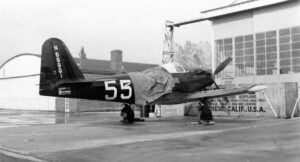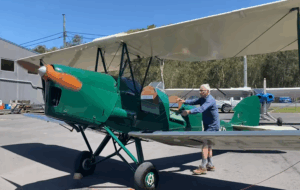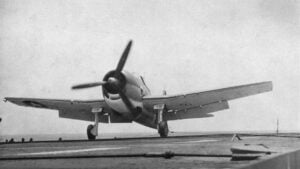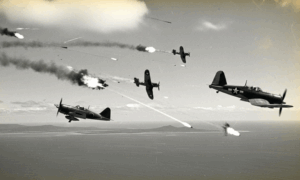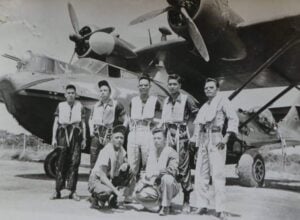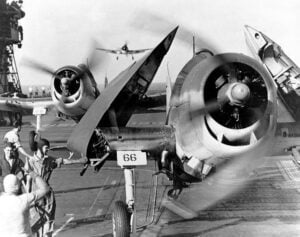Which Did The Luftwaffe Fear The Most: P-51 or Spitfire?
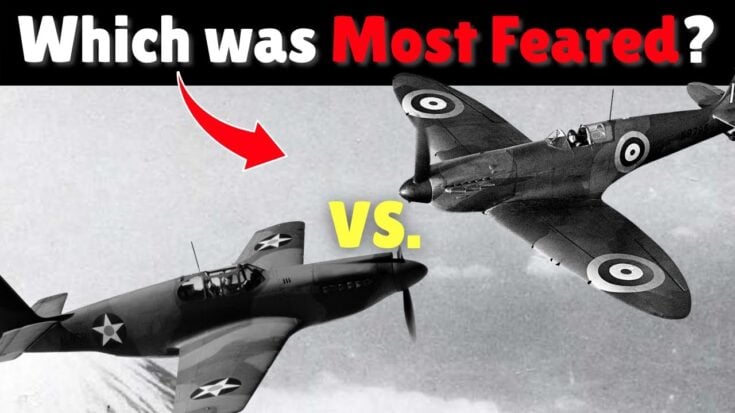
YouTube / World War Made Simple
In the early days of WWII, the Luftwaffe ruled the skies with its formidable Messerschmitt Bf 109. German pilots, seasoned from the Spanish Civil War, held the edge in aerial tactics and technology. But that dominance would soon be shattered by two legendary Allied fighters: the British Supermarine Spitfire and the American P-51 Mustang. Each struck fear into the Luftwaffe—but for different reasons.
The Spitfire: Master of the Dogfight
The Spitfire made its mark early. Its first confirmed kill came in 1939, and it soon proved itself during the Battle of Britain. With its sleek elliptical wings, the Spitfire was exceptionally agile.
View this post on Instagram
Pilots could turn tighter and climb faster than almost anything the Luftwaffe had. German pilots learned quickly that their usual tactics didn’t work against the Spitfire’s maneuverability.
Armed with eight .303 Browning machine guns—and later, 20mm cannons—the Spitfire tore through bombers and fighters alike. It became a symbol of defiance and survival, especially over British skies. But it had one major limitation: range. With an operational radius of only about 600 miles, it couldn’t escort bombers deep into enemy territory. While it ruled home airspace, German pilots knew they were safe from Spitfires once they retreated into Europe.
The P-51 Mustang: The Game Changer
The Mustang didn’t enter combat until late 1942, but when it did, everything changed. Originally hampered by a weak engine, the P-51 came alive when engineers paired it with the Rolls-Royce Merlin—the same engine in the Spitfire. The result was a fast, high-flying, long-range killer.
View this post on Instagram
What set the Mustang apart was its ability to escort Allied bombers deep into Germany—and still outfight German interceptors. With over 1,000 miles of range using drop tanks, P-51s could reach Berlin and back. Suddenly, Luftwaffe pilots weren’t just fighting at the front—they were getting shot down over their own homes and airfields.
The Mustang’s firepower—six .50 caliber Browning machine guns—could shred enemy planes, including the heavier, more armored ones that appeared late in the war. As the Luftwaffe lost more veteran pilots, the Mustangs kept coming. German training programs couldn’t keep up. Morale plummeted.
The Verdict: Fear Redefined
German pilots respected both aircraft. The Spitfire was feared in close combat—quick, agile, and deadly. It forced the Luftwaffe to rethink air tactics. But the Mustang brought something more terrifying: reach. It followed them home. It signaled a shift in the war.
View this post on Instagram
Even top Luftwaffe commanders admitted its impact. Hermann Göring famously said that when he saw Mustangs over Berlin, he knew the war was lost. That statement alone tips the scale.
The Luftwaffe may have feared the Spitfire in a dogfight—but they feared what the Mustang represented even more: defeat.














